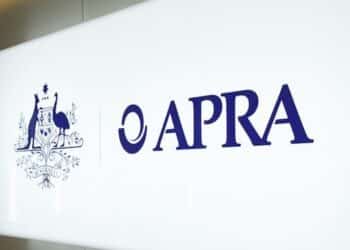SPAA director of technical and professional standards Graeme Colley said in-house asset rules are some of the most complex sets of investment rules within the Superannuation Industry Supervision (SIS) legislation and pose some of the “biggest pitfalls for SMSF trustees and their professional advisers”.
Mr Colley said an in-house asset is defined as a loan or an investment in a related party of the fund, an investment in a related trust of the fund or a lease of a fund asset to a related party.
“In-house assets require a superannuation fund to manage the investments of the fund so that the market value of its in-house assets does not exceed 5 per cent of the fund’s total assets at market value,” said Mr Colley.
“The trustees of the superannuation fund must ensure they do not acquire, by purchase or transfer, an in-house asset unless the fund will continue to meet the 5 per cent limit after the acquisition.”
Mr Colley said for the 12 months to 30 June 2013, the second most reported breach in auditor contravention notices received by the ATO related to in-house asset rules, at 18.3 per cent, exceeded only by breaches for loan requirements, at 21.3 per cent.
“However, by value, the in-house asset breaches accounted for 28.3 per cent of all breaches,” he said.
The introduction of education directions, rectification directions and administrative penalties from 1 July 2014 for SMSFs means SMSF professionals will need to brush up on all the provisions of the Superannuation Industry Supervision Act to ensure SMSF funds meet the rules and penalties are avoided, Mr Colley said.
There are several publications and rulings from the ATO to assist in understanding the operation of the in-house asset rules, he said. These include superannuation and income tax rulings on borrowings, trust income, business property and the general meaning of ‘in-house asset’.
“In the end, learning about the in-house asset rules is obtained from practical experience and a comprehensive understanding of how the in-house rules work,” he said.
“Anyone advising in this area also needs to understand how the in-house asset rules interact with other operating standards of the SIS legislation so that they can be considered an expert in this tricky area.”



